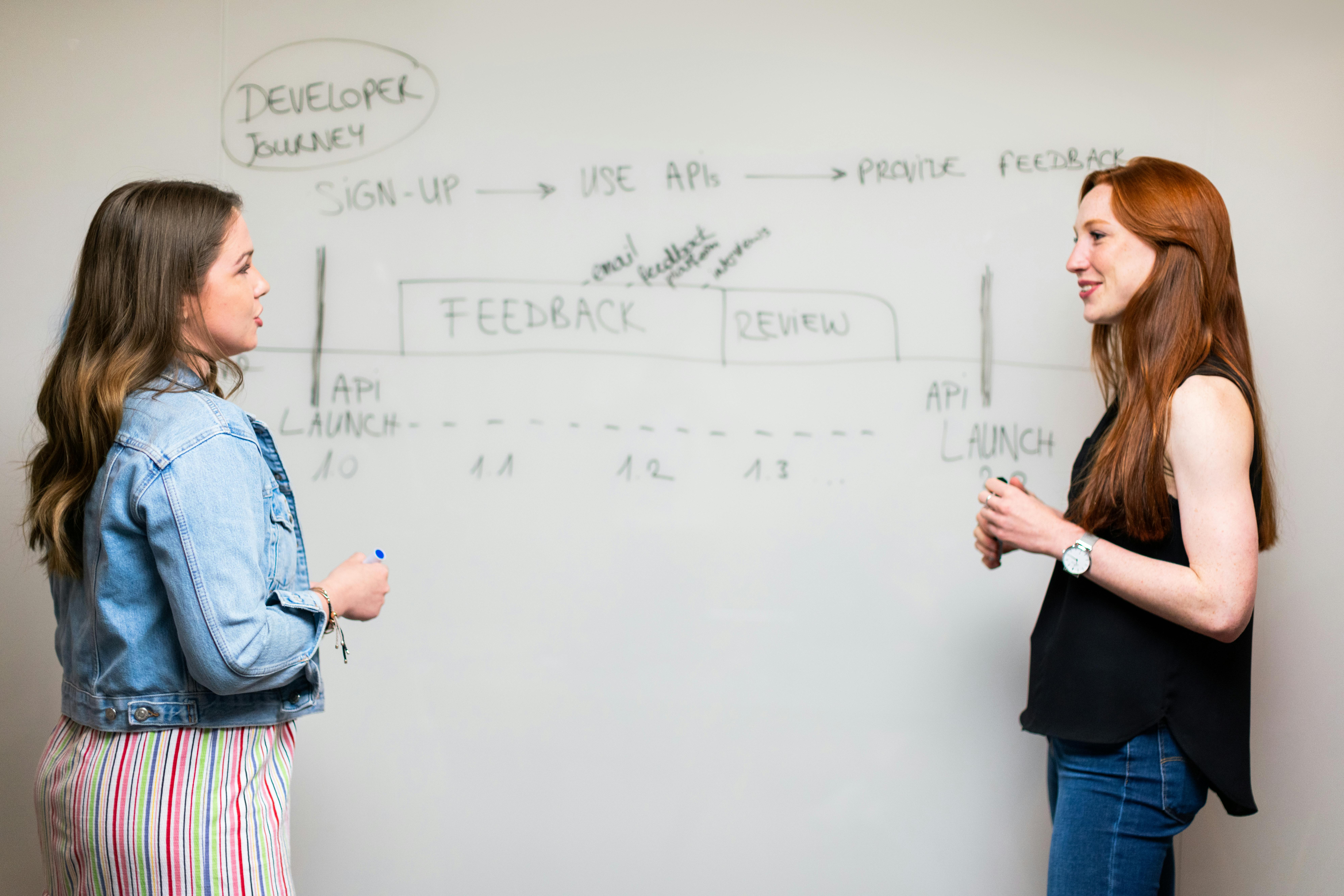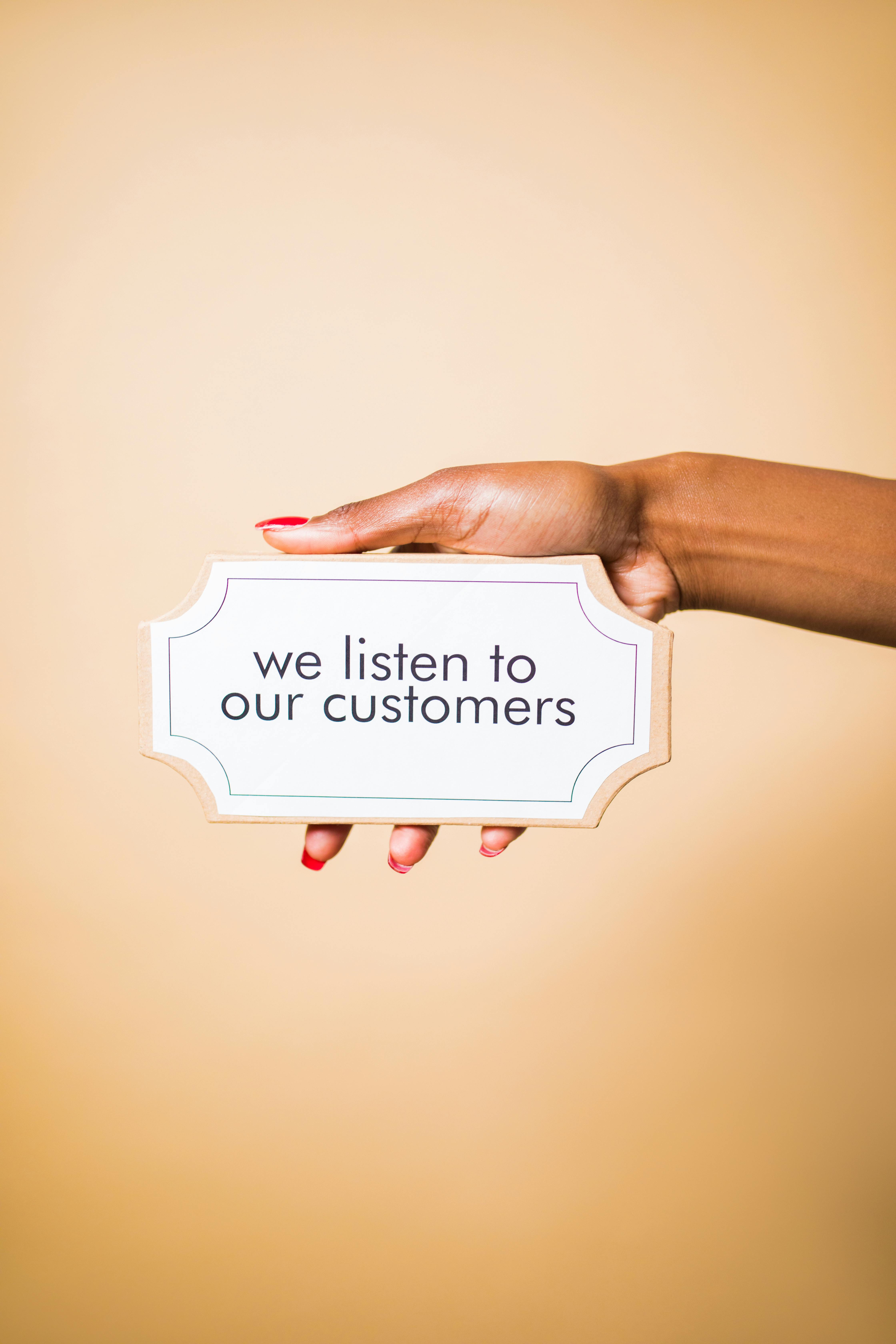Receiving and understanding customer feedback is crucial for any business. It helps identify problems, improve products and services, and boost customer loyalty. While many organizations collect feedback, they often underestimate the importance of analyzing it effectively.
Collecting data is one thing; analyzing it is another.
Once you've gathered customer feedback, evaluating it is essential for your company's growth. But how do you analyze it effectively? What key elements should you focus on? And what tools can aid in this process? Let's explore these questions.
What is Customer Feedback Analysis?
Customer feedback analysis (CFA) is the process of identifying and understanding what your customers think about your company, products, or services. It enables businesses to enhance their offerings, increase customer loyalty, and make data-driven decisions. CFA can be conducted through various methods, including:
- Surveys
- Focus groups
- Interviews
- Social media monitoring
- Online reviews
By identifying customer needs and pain points, CFA can significantly improve customer satisfaction and reduce churn. Modern CFA often involves automated tools that can quickly and accurately process large volumes of data from diverse sources.
Teams can analyze customer feedback by categorizing and tagging individual comments or using specialized software to automate the process. CRM tools can also be valuable for analyzing customer feedback.
Analyzing customer feedback goes beyond reading survey responses or social media reviews. While this data is valuable, you should collect as much feedback as possible from various channels and then analyze it using a combination of quantitative and qualitative methods to understand customer sentiment and identify key trends.
Why is Customer Feedback Analysis Important?
Determine Customer Satisfaction and Improve Service Quality

Photography by ThisIsEngineering on Pexels
Understanding customer needs and wants is essential for ensuring customer satisfaction. By analyzing feedback, businesses can create products and services that meet customer expectations, leading to increased loyalty and positive word-of-mouth.
By understanding customer perceptions of product or service quality, businesses can make the necessary improvements to enhance satisfaction levels.
Identify Areas for Improvement
Feedback analysis helps organizations pinpoint areas where customers are experiencing issues or where improvements can be made. Addressing these areas can lead to a more positive customer experience and stronger brand loyalty.
Collecting and examining user feedback data enables businesses to make necessary adjustments to products and services, ensuring a positive customer experience across all touchpoints.
Identify Promoters and Advocates
Identifying customers who are likely to return and recommend your business is invaluable. By focusing marketing efforts on these promoters, you can leverage their positive experiences to attract new customers and drive growth.
Assess Competitive Position
By comparing customer feedback with that of competitors, businesses can gain insights into their competitive positioning and identify opportunities to differentiate themselves in the market.
How to Do Customer Feedback Analysis Step by Step?

- Define the Problem: Start by identifying the specific problem or question you want to address with feedback analysis. This could be anything from increasing sales to improving customer service or reducing costs.
- Identify Stakeholders: Determine who is affected by the problem or question. This includes customers, employees, suppliers, and other relevant parties.
- Collect Data: Gather feedback data from various sources, such as surveys, interviews, focus groups, social media, and online reviews.
- Analyze Data: Use quantitative and qualitative methods to analyze the data. Look for patterns, trends, and key themes in the feedback.
- Make Decisions: Based on the analysis, make informed decisions about how to improve your products, services, or processes.
How Can You Collect Data for Customer Feedback Analysis?
Use Surveys for Collecting Feedback
Surveys are a versatile tool for gathering customer feedback. They can be distributed via email, social media, or in-person interactions. Surveys can collect data on products, services, and company policies, as well as gather insights into how customers use your offerings.
Use Focus Groups for Customer Feedback
Focus groups provide a platform for participants to share their thoughts and feelings in a confidential setting. This method is valuable for gathering in-depth insights into customer needs and identifying potential issues early on.
However, it can be challenging to find the right participants and secure their willingness to participate.
Use Interviews for Gathering Feedback
Interviews offer a more in-depth understanding of customer opinions and experiences. They can uncover valuable insights that can be used to improve products and services.
Ensure a positive experience by sending a thank-you email after the interview.
Use Observation for Receiving Feedback
Observing customers in their natural environment can reveal how they use your products and the problems they encounter. This information can be used to improve product design and enhance customer satisfaction.
Use Analytics for Customer Feedback
Analytics tools can track and evaluate data to improve products and services. By understanding which aspects of your offerings resonate with customers, you can make informed decisions to stay competitive.
Use Testing for Customer Feedback
Testing allows you to understand customer preferences and identify areas for improvement in your products or services. By incorporating customer feedback into the testing process, you can ensure that your offerings meet their needs.
Five Tips for Getting Customers to Give You Feedback
- Ask Early and Often: Don't wait for problems to arise before asking for feedback. Solicit comments regularly to identify issues and opportunities for improvement.
- Make it Easy: Ensure that feedback channels are easily accessible and user-friendly. Prominently display contact forms on your website, in email newsletters, and on product packaging.
- Encourage Reviews: Encourage customers to leave reviews and ratings on relevant platforms. Positive reviews can attract new customers and build trust in your brand.
- Actively Listen: When customers provide feedback, listen attentively and ask clarifying questions to ensure you understand their concerns.
- Respond Promptly: Acknowledge and respond to feedback promptly, even if you don't have immediate solutions. This shows customers that you value their input and are committed to addressing their concerns.
Why Customer Feedback Analysis is Difficult
Reluctance to Provide Feedback
Customers may be hesitant to provide feedback due to concerns about appearing unappreciative or confrontational. Make the feedback process as easy and non-threatening as possible to encourage participation.

Photography by RDNE Stock project on Pexels
Honesty and Accuracy
Customers may not always be completely honest or accurate in their feedback, especially if they lack a vested interest in the product or service. Consider this bias when analyzing feedback data.
Limited Awareness of Details
Customers may not be aware of all the details of their experience, which can lead to inaccurate feedback. Gather as much information as possible to provide context for their feedback.
Insufficient Information
Customers may lack the information needed to provide a comprehensive assessment of their experience. Ensure they have all the necessary information to provide meaningful feedback.
Bias and Emotional Charge
Customers may be unable to provide a fair and unbiased assessment of their experience due to emotional factors or personal biases. Consider these factors when interpreting feedback data.
How to Run Customer Feedback Analysis with BetterFeedback?
Analyzing customer feedback can be time-consuming and challenging, especially when dealing with large volumes of data. BetterFeedback offers a solution to streamline this process.
BetterFeedback is a SaaS solution that provides features to examine opinions, reviews, and comments from your customers in one place. This tool makes it easy to understand customer needs and wants, enabling you to enhance customer satisfaction.
The BetterFeedback panel includes sections for Feedback, Analyses, and Trends. You can ask questions, select recent analyses, or pose your own questions to gain insights from customer feedback. The system provides visual and textual answers to help you quickly learn from public opinion.
Customer Feedback Analysis FAQ
What is Customer Feedback Analysis?
Customer feedback analysis (CFA) is the systematic evaluation of customer opinions to improve the quality, effectiveness, and efficiency of a company's operations.
The purpose of CFA is to:
- Identify customer needs and wants.
- Understand customer perceptions of quality, effectiveness, and efficiency.
- Identify areas of dissatisfaction.
- Determine areas needing attention.
- Make necessary changes.
What are some common uses for customer feedback analysis?
Customer feedback analysis can be used to improve service, product development, and marketing. It can also help identify areas where customers need more assistance, determine the effectiveness of customer communication efforts, and identify trends.
How can I increase my customer feedback?
To maximize customer feedback, ensure comments are clear and concise, provide specific and relevant information, and give input regularly and in a timely manner.
Conclusion
Analyzing customer feedback is essential for business success. By understanding customer needs and finding ways to meet those needs, you can improve your products and services, enhance your brand, and drive growth.
If you need assistance, remember that BetterFeedback provides the tools and resources you need to make your customer feedback analysis more effective. Sign up today and see how this tool can benefit your business.



